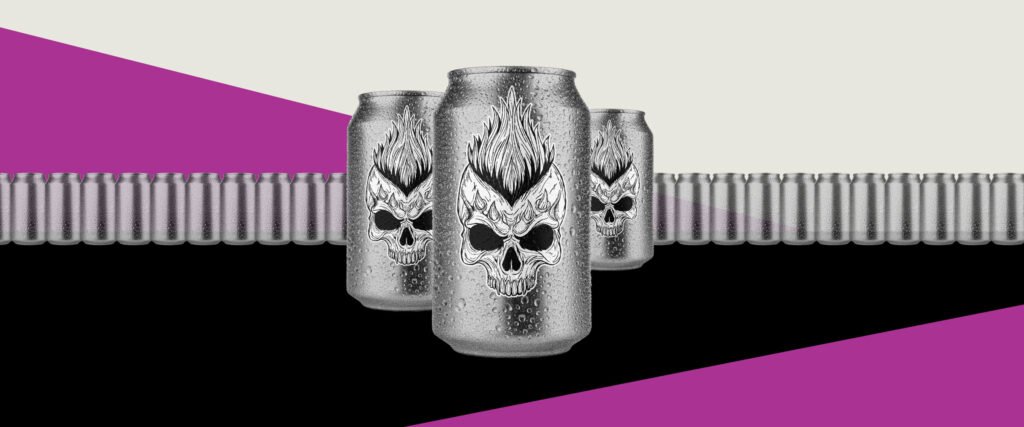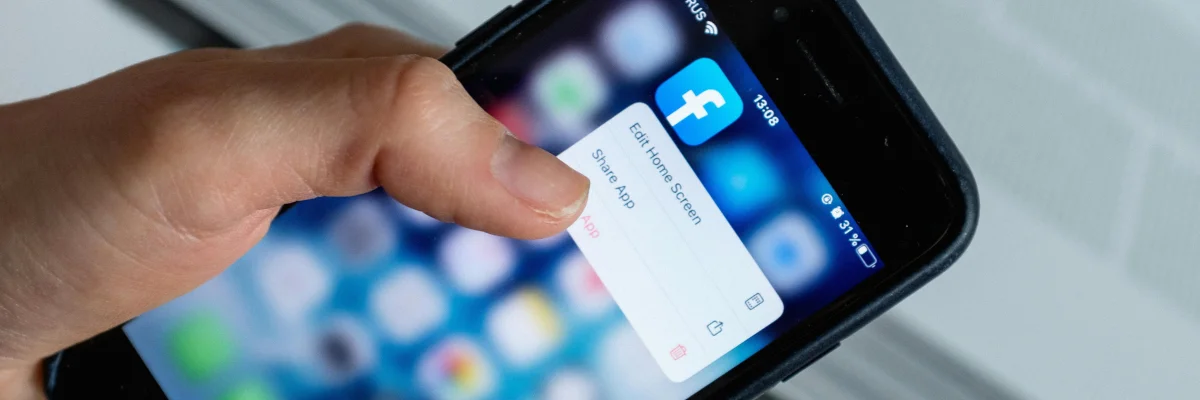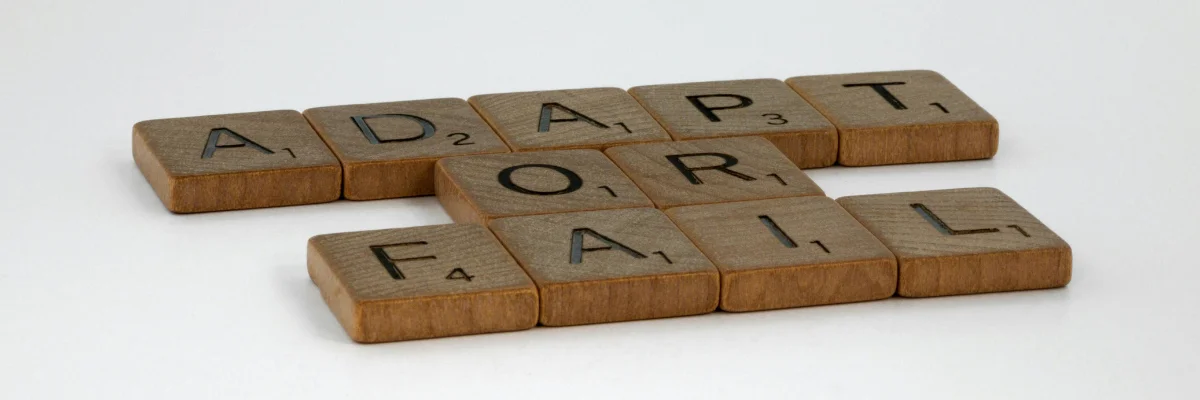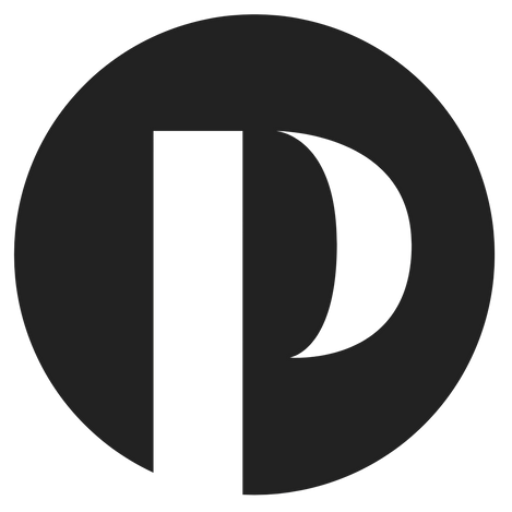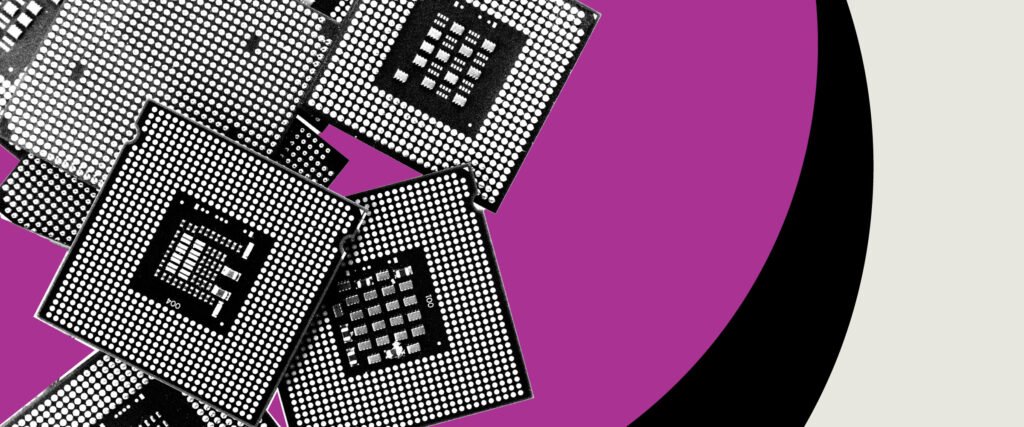
The conversion optimization industry has created a measurement obsession that’s destroying user experience. Every scroll depth is tracked, every click is analyzed, every heat map is scrutinized but the fundamental question remains unanswered: are we optimizing for user behavior or business outcomes?
The Hawthorne Effect in Digital Design
What we’re witnessing is a digital version of the Hawthorne Effect: when you measure something intensively, the measurement itself changes the behavior. Web designers now optimize for engagement metrics that correlate poorly with actual purchase intent. High scroll depth becomes the goal instead of purchase confidence. Time on site becomes the metric instead of decision clarity.
This creates what I call “metric theater” websites that perform well in analytics dashboards but poorly in converting qualified prospects. They’re optimized for interaction, not conviction.
The Cognitive Load Crisis
Modern websites suffer from cognitive overload disguised as sophisticated design. Users face decision paralysis not because they have too few options, but because they have too much information presented without hierarchy. Every element competes for attention, creating mental friction that analytics can’t measure.
According to psychologist Barry Schwartz’s research on choice architecture, increasing options beyond a certain threshold actually decreases satisfaction and purchase likelihood. Yet most websites add complexity in pursuit of comprehensiveness, creating beautiful experiences that exhaust users before they reach decision points.
Decision Architecture vs. Experience Design
The websites that convert best aren’t the most elegant, they’re the most decisive. They’re built on what I call “decision architecture”: the systematic design of information hierarchy, cognitive flow, and friction reduction that accelerates purchase confidence rather than just engagement.
Decision architecture prioritizes:
Immediate Context: Users understand the value proposition within 3 seconds of arrival.
Progressive Disclosure: Information unfolds logically, building conviction without overwhelming.
Objection Anticipation: Common concerns are addressed before they become barriers.
Clear Escalation: Next steps feel obvious and low-risk.
The Paradox of Sophistication
The most sophisticated websites often convert poorly because they prioritize aesthetic complexity over decision simplicity. They’re designed to impress other designers rather than convert actual customers. This is why many successful e-commerce brands have deliberately “unsophisticated” websites optimized for purchase psychology, not design awards.
Systematic Clarity Over Aesthetic Innovation
The future of web design isn’t more sophisticated interactions, it’s more systematic clarity. The brands that win online will be those that design for decision-making, not just user engagement. They’ll measure conviction, not just conversion. And they’ll optimize for business outcomes, not just behavioral metrics.
Because the goal isn’t to keep users on your website longer. It’s to help them make confident decisions faster.
About the Author

Kirt P, is pioneering the convergence of brand strategy and product development in an era where customer experience defines market winners. Through his work across Fortune 500 enterprises and breakthrough startups, Kirt has developed a methodology that transforms products into brand ambassadors where every feature becomes a strategic statement and every interaction reinforces market positioning. He’s redefining how brands enter markets by creating products that don’t just serve customers, but shape cultural conversations. Kirt believes the future belongs to brands that embed their strategic vision directly into product DNA, making differentiation impossible to replicate and customer loyalty inevitable.

